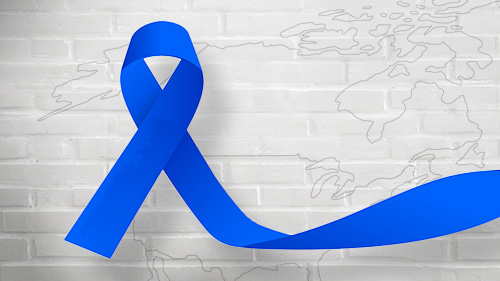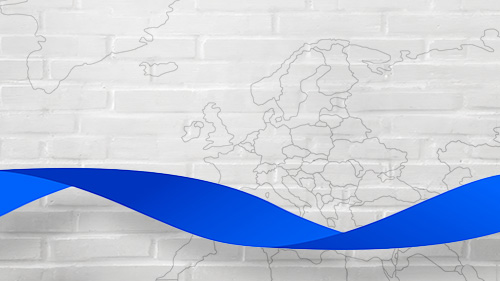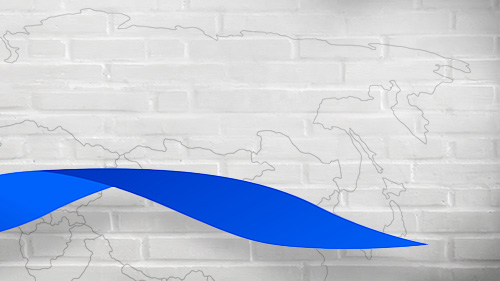In 2000, Congress signed the Victims of Trafficking and Violence Protection Act into law, representing the beginning of a large-scale, coordinated effort by the United States government to fight human trafficking.
Twenty years later, human trafficking still remains prevalent. According to recent figures available (Source: Global Estimates of Modern Slavery: Forced Labour and Forced Marriage, Geneva, September 2017):
- At any given time in 2016, an estimated 40.3 million people are in modern slavery, including 24.9 million in forced labor and 15.4 million in forced marriage.
- It means there are 5.4 victims of modern slavery for every 1,000 people in the world.
- 1 in 4 victims of modern slavery are children.
- Out of the 24.9 million people trapped in forced labor, 16 million people are exploited in the private sector such as domestic work, construction or agriculture; 4.8 million persons in forced sexual exploitation, and 4 million persons in forced labor imposed by state authorities.
- Women and girls are disproportionately affected by forced labor, accounting for 99% of victims in the commercial sex industry, and 58% in other sectors.
Although the legal definition of human trafficking is complex, the simple meaning of it is not. It occurs when a person is induced by force, fraud or coercion to:
- Work under the total or near-total control of another person or organization (slavery or involuntary servitude)
- Forced to pay off a loan by working instead of paying money, for an agreed-upon or unclear period of time (debt bondage) or even without an agreement as to the timeframe (peonage)
- Perform a sex act for money or anything of value (if under 18, force, fraud or coercion is not required)
According to U.S. Immigration and Customs Enforcement, although many people think of the sex trade when they think of human trafficking, this crime also occurs in such labor situations as:
- Domestic servitude
- Labor in a prison-like factory
- Migrant agricultural work.
In addition, with respect to labor situations, the initial agreement to travel or to perform work does not mean that the employer is later allowed to restrict a victim's freedom or use force or threats to obtain repayment.
Human trafficking and human smuggling are sometimes, but not always, linked, because not all individuals who are smuggled are trafficked, and movement is not required for trafficking to occur.
These terms include any situation where an individual is forced to do something against their will, or where they are tricked into doing something by someone who is lying to them or suppressing the truth. According to U.S. Immigration and Customs Enforcement, force can be active and physical or indirect and psychological (including threats). This term includes:
- Coercion
- Compulsion
- Constraint
- Restraint
Coercion refers to behaviors including:
- Threats of harm or physical restraint
- Trying to get a person to believe that if they don't do something, it will result in serious harm or physical restraint of themselves or someone else
- The abuse (or threatened abuse) of law or the legal process
Fraud refers to intentionally distorting the truth in order to get someone else (who relies on that version of the truth) to surrender a legal right or give up something valuable that belongs to them.
Human trafficking entangles victims in a nearly impenetrable web, for a number of reasons:
The victim may not realize that he or she is imprisoned, because coercion is psychological (it may not be physical)
- Victims are typically impoverished and financially dependent on their captors
- Often the crime takes place in plain view-e.g. in a restaurant, worksite, or private home-and is not immediately apparent to observers
- Victims can be exploited for labor, sex, or both, particularly in private homes.
It is sometimes said that human trafficking is an "invisible crime," because its signs are not always obvious to the untrained eye. However, there are some indicators that may serve as a tip-off, particularly when they appear in combination. Suspect that something is amiss if an individual:
- Lacks control of identification documents or travel documents
- Lives and works in the same place
- Lacks freedom of movement
- Seems to be restricted from socializing, attending religious services or contacting family
- Seems to have been deprived of basic life necessities, such as food, water, sleep or medical care
- Shows signs of having been abused or physically assaulted. Such signs range from the more obvious, such as broken bones, to the more subtle, such as branding or tattooing
- Seems submissive or fearful in the presence of others
- Seems not to control his or her schedule
- Seems to lack concrete short- or long-term plans
- Seems to lack knowledge about the place where he or she lives
- Appears to date much older, abusive or controlling men.
Four executive agencies of the U.S. government, along with state and local law enforcement organizations, work together as well as with nonprofit organizations to combat human trafficking. The primary U.S. executive agencies include:
- Department of Homeland Security, of which U.S. Customs and Border Protection, U.S. Immigration and Customs Enforcement, and U.S. Citizenship and Immigration Services are component agencies
- State Department
- Department of Justice
- Department of Health and Human Services
The Department of Homeland Security and its component agencies have been raising awareness for the past several years about the issue of human trafficking. Most recently, DHS announced an aggressive effort to protect victims and prosecute traffickers, in line with the TVPA's focus on three key goals:
- Prevention
- Protection
- Prosecution
Currently, the Department is focusing on the first of the three goals above, by sponsoring heavily advertised public awareness campaigns about human trafficking created by CBP and its sister agency, Immigration and Customs Enforcement and making potential victims aware that they are in danger, and that the government offers resources to provide them with asylum and other forms of assistance.
With more than 42,000 frontline CBP officers and Border Patrol agents protecting nearly 7,000 miles of land border and 328 ports of entry—including official crossings by land, air, and sea—CBP is uniquely situated to deter and disrupt human trafficking. Currently, the agency is:
- Identifying potential victims as they seek to enter the U.S.
- Directing potential victims to U.S. agencies providing legal protection and assistance, through printed materials with educational information and telephone numbers where help can be obtained
- Raising awareness among the American public of this often-invisible, yet pervasive crime, through public service announcements
- Raising awareness internationally among potential border-crossers before they fall into the hands of traffickers, in countries where this crime is pervasive and where border smuggling frequently involves human trafficking
- Helping the public to report suspected cases of human trafficking
- Identifying imports produced by forced labor and stopping them from entering the country
- Dedicating an office specifically to combating human trafficking
- Partnering with other law enforcement agencies to identify and support victims, such as by educating legal counsel to detect signs of victimization, to disrupt the crime itself and to prosecute human traffickers
- Partnering with non-governmental organizations to provide information about government assistance to potential victims
- Participating in the development of best practices for law enforcement efforts within the U.S. and internationally.
Within the agency, CBP has implemented comprehensive training for its frontline personnel with more forthcoming. Through its local field and sector offices, CBP is instructing them to recognize potential instances of human trafficking and to take appropriate actions when encountering human trafficking victims.
Human trafficking is a heinous international crime, and as the State Department notes in its most recent report on the subject, it is unfortunately flourishing due to current global financial issues. With global demand for labor decreasing, impoverished workers find themselves taking greater risks than before in order to survive. The result: "a recipe for greater forced labor of migrant workers and commercial sexual exploitation of women in prostitution."





